Partially Premixed Combustion CFD, ANSYS Fluent Tutorial for NOx Formation
Partially Premixed Combustion CFD, ANSYS Fluent Tutorial for NOx Formation
- Upon ordering this product, you will be provided with a geometry file, a mesh file, and an in-depth Training Video that offers a step-by-step training on the simulation process.
- For any more inquiries regarding the product, please do not hesitate to reach out to us at info@CFDLAND.com or through our online support assistant.
€200 Original price was: €200.€115Current price is: €115.
In the world of combustion, there are two ideal states: premixed, where fuel and oxidizer are perfectly mixed before burning (like in a car engine’s cylinder), and non-premixed, where they mix and burn at the same time (like a candle flame). However, most real-world industrial systems, such as gas turbines and modern burners, operate in a state that is somewhere in between. This is known as Partially Premixed Combustion. It involves a main premixed flame front stabilized by a smaller, non-premixed diffusion flame. This hybrid approach offers greater flame stability and control over a wide range of operating conditions.
A critical challenge with any high-temperature combustion process involving air is the unwanted formation of nitrogen oxides (NOx), a major pollutant. This project details a Partially premixed combustion CFD simulation using ANSYS Fluent to analyze the combustion of methane with excess air. The primary goal is to accurately predict the flame structure and, most importantly, the regions of high NOx concentration. This type of NoX Formation CFD analysis is essential for engineers designing cleaner and more efficient combustion systems.
The oxygen available exceeds the stoichiometric requirement in practical combustion processes with excess air. Regarding 28% excess air, the balanced chemical equation is changed to the following equation:
CH4 + 2.56O2 + 9.6256N2 → CO2 + 2H2O + 0.56O2 + 9.6256N2
Figure 1: An overview of the simulation setup for the Partially Premixed Combustion CFD analysis.
Simulation Process – The Partially Premixed Model in ANSYS Fluent
The simulation was performed on a 2D axisymmetric model of a cylindrical combustor. In this setup, a high-speed jet of methane expands into a co-flow of slower-moving air. A high-quality structured mesh grid was generated for the domain, resulting in a total of 34100 elements. The accuracy of this Partially premixed combustion Fluent simulation relies heavily on the correct choice of physical models in ANSYS Fluent. The Species Transport model was enabled to handle the complex chemical reactions.
The core of the simulation is the Partially Premixed Combustion model itself, which was configured to use a Chemical Equilibrium state relation. This advanced model uses a progress variable to track the flame front and a mixture fraction to account for the mixing of fuel and air. To accurately predict pollutant emissions, a comprehensive approach to NOx modeling was taken. Both the Thermal NOx model, which is dominant in the hottest parts of the flame, and the Prompt NOx model, which is important in the initial fuel-rich flame regions, were activated. This dual-model setup is critical for a high-fidelity NoX Formation Fluent Simulation.
Post-processing – CFD Analysis of Partially Premixed Combustion
The simulation results provide a clear visualization of the complex physics inside the combustor. The temperature contour in Figure 2 shows the characteristic structure of a jet flame, with the highest temperatures concentrated in the core reaction zone near the methane injection point. The jet-like thermal pattern, with its yellow-red core, demonstrates how the Partially Premixed Combustion model successfully captures the interaction between the high-speed fuel jet and the surrounding air. As the flame travels downstream, the temperature field expands radially, indicating the progressive mixing of fuel and oxidizer. This visualization is crucial for understanding the combustion dynamics and confirming that the highest energy release is happening in the intended core reaction zone.
Figure 1: Temperature distribution from the Partially Premixed Combustion Fluent simulation, showing the core reaction zone.
Analyzing the NOx mass fraction in Figure 3 reveals a strong link between temperature and pollutant formation. The highest NOx concentrations appear in regions where the gas is very hot and remains there for a sufficient amount of time. Crucially, the peak NOx concentration is located slightly downstream of the absolute peak temperature zone. This is a key insight from the Partially premixed combustion CFD analysis. It demonstrates that NOx formation, particularly through the Zeldovich (Thermal NOx) mechanism, is not instantaneous. It requires time to develop in the hot post-flame gases. The simulation accurately captures this time-dependent chemical process, showing how the model predicts that both high temperature and sufficient residence time are necessary for significant NOx production. This spatial mapping of pollutants is precisely the kind of information engineers need to modify designs to create cooler, less NOx-prone zones.
Figure 2: NO mass fraction from the NoX Formation CFD analysis, showing that peak pollutant levels occur in hot, long-residence-time regions.
We pride ourselves on presenting unique products at CFDLAND. We stand out for our scientific rigor and validity. Our products are not based on guesswork or theoretical assumptions like many others. Instead, most of our products are validated using experimental or numerical data from valued scientific journals. Even if direct validation isn’t possible, we build our models and assumptions on the latest research, typically using reference articles to approximate reality.
Yes, we’ll be here . If you have trouble loading files, having technical problems, or have any questions about how to use our products, our technical support team is here to help.
You can load geometry and mesh files, as well as case and data files, using any version of ANSYS Fluent.
€360 Original price was: €360.€185Current price is: €185.

€130 Original price was: €130.€85Current price is: €85.

€190 Original price was: €190.€125Current price is: €125.

€245 Original price was: €245.€185Current price is: €185.

€360 Original price was: €360.€185Current price is: €185.

€245 Original price was: €245.€199Current price is: €199.



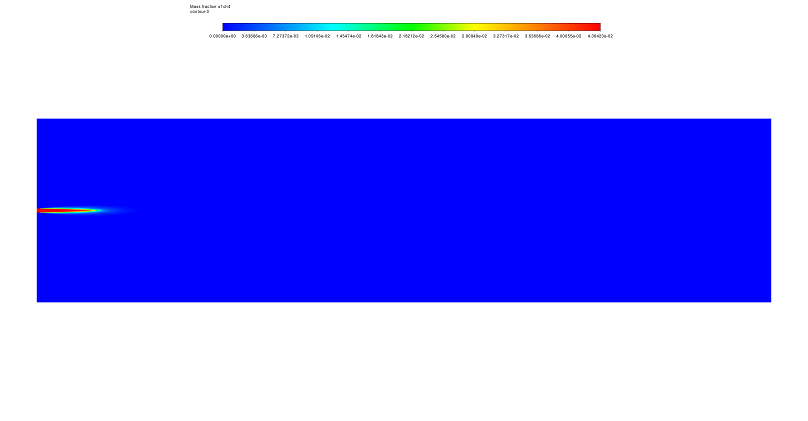
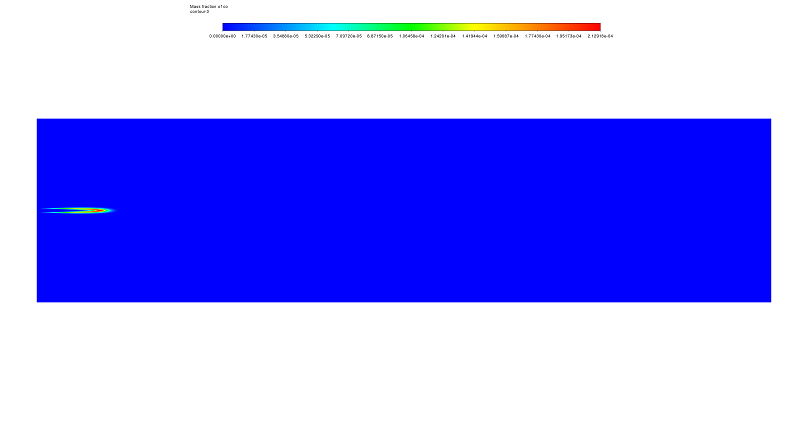
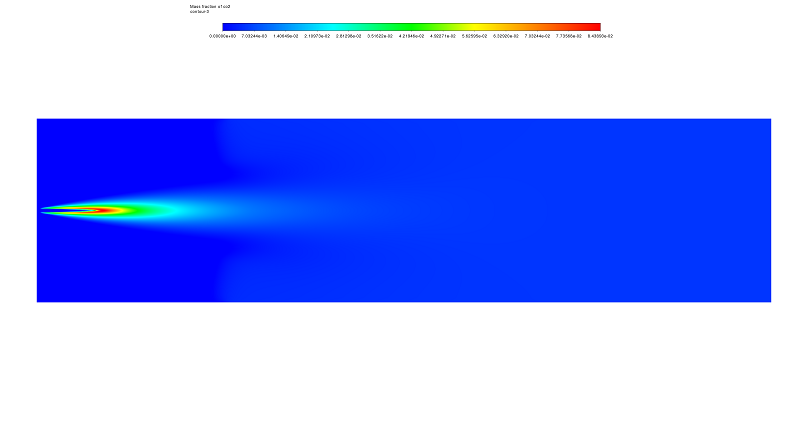
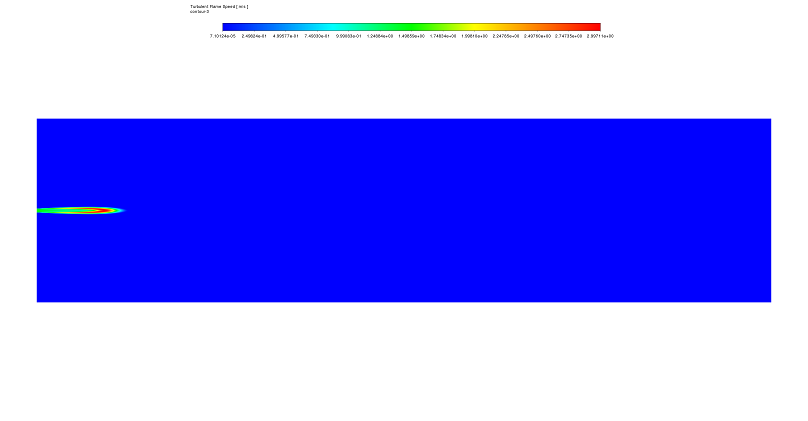
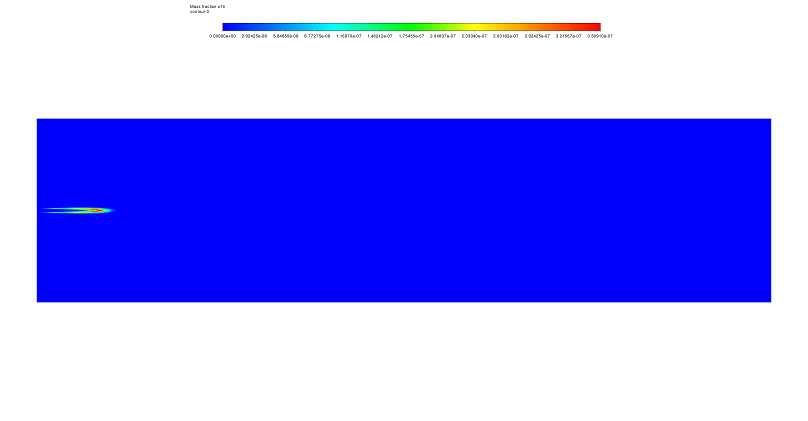
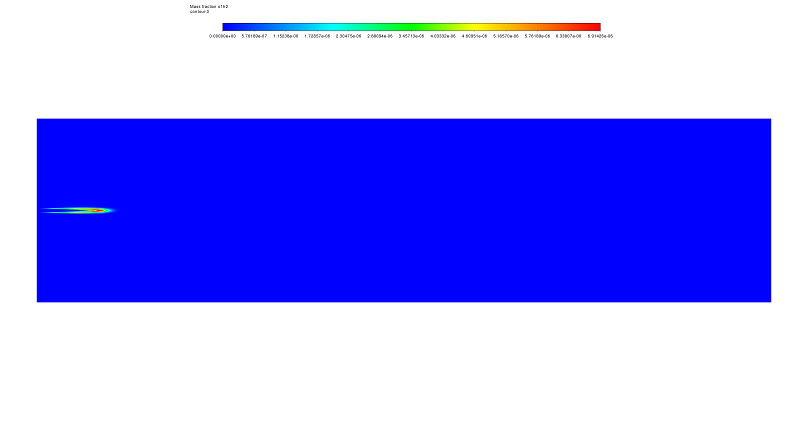
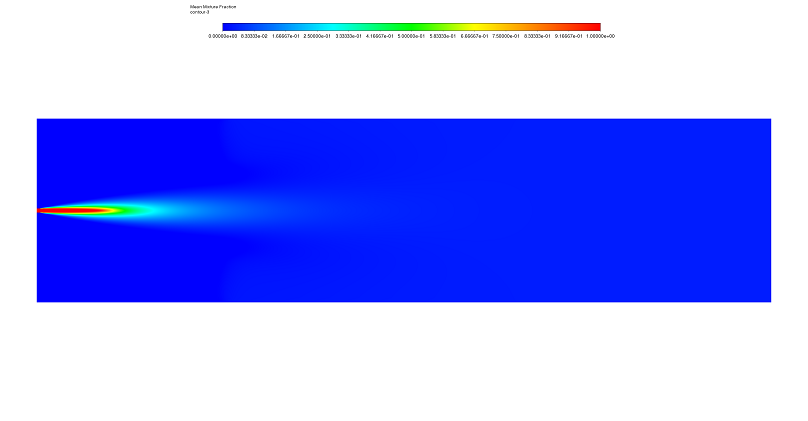
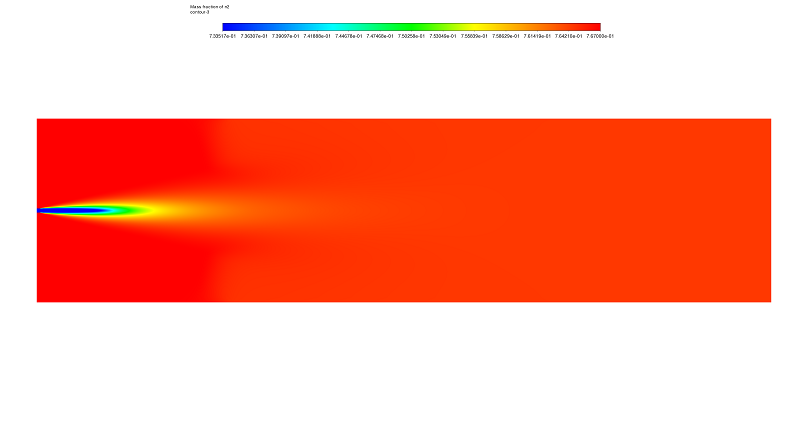
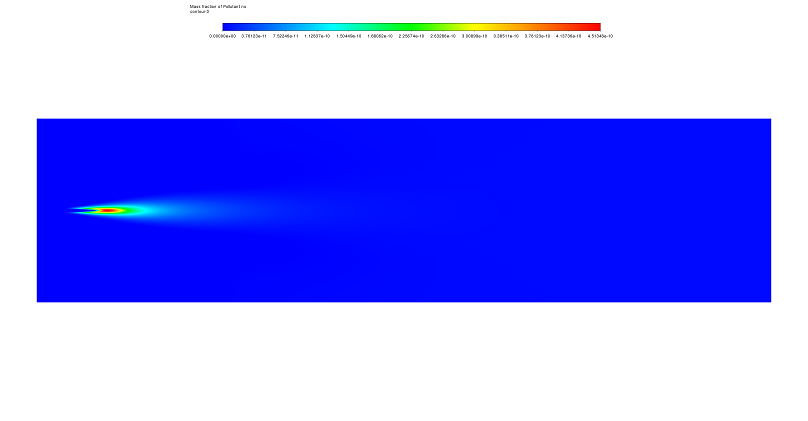
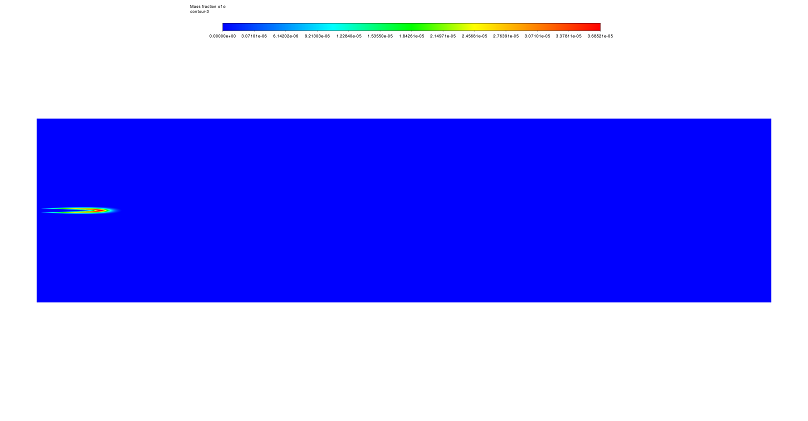

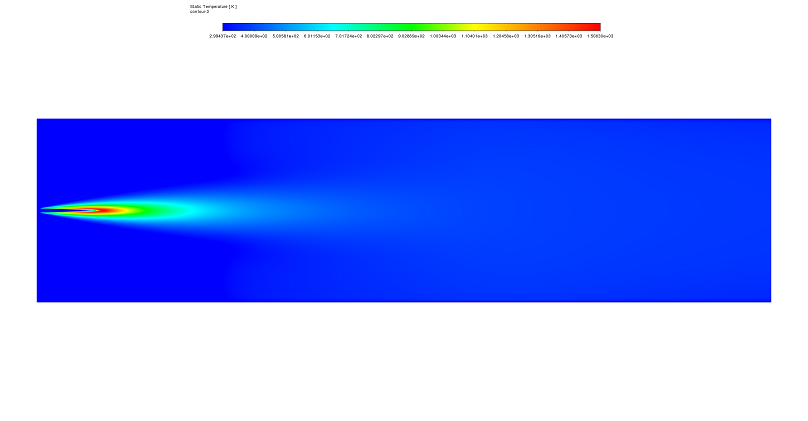

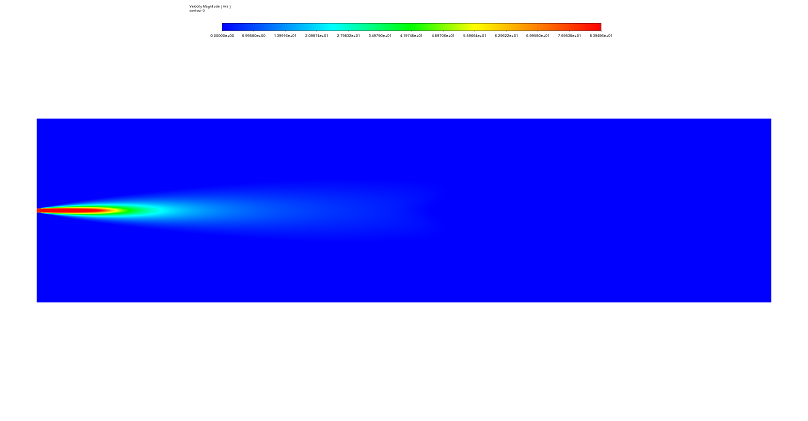
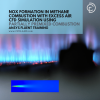

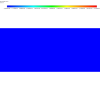
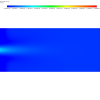
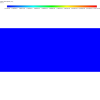
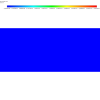


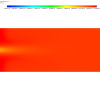
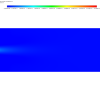



















Reviews
There are no reviews yet.